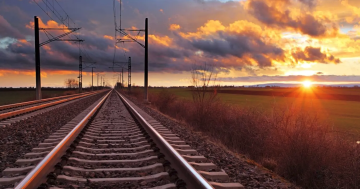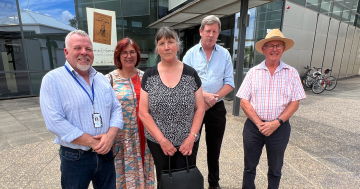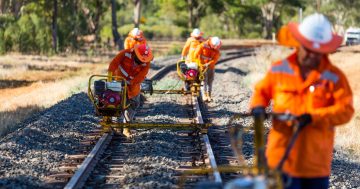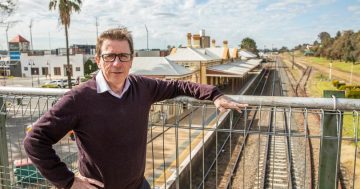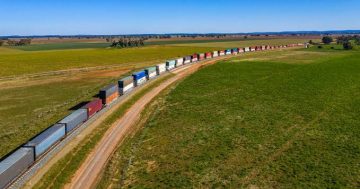
Wagga residents are concerned about the impact of Inland Rail on existing infrastructure as well as it “cutting the city in two”. Photo: ARTC.
After a false start last week, Inland Rail has wrapped up its round of public drop-in sessions on the newly released Preferred Infrastructure Report (PIR) for the Albury to Illabo (A2I) section of the freight rail mega project.
Last week’s scheduled session at the library in Wagga Wagga was postponed amid concerns of a protest and went ahead at the showgrounds on Tuesday evening (28 November) instead.
“We are delighted with the public reception to our drop-in sessions in Albury, Henty, Junee, and Wagga Wagga over the last week, it has been a fantastic success,” said Inland Rail Project Director Melvyn Maylin.
“I would like to personally thank the locals in the A2I area for attending the drop-in sessions and for conducting our conversations in a reasonable and dignified manner, showing respect to our staff even though there are issues on which we cannot give them the answers they might like.”
More than 100 locals attended Tuesday’s four-hour drop-in session which included senior representatives from the Australian Rail Track Corporation (ARTC), something the Wagga Residents & Ratepayers Association had called for.
“Some major people within ARTC and Inland Rail came down, which we had asked for, but unfortunately all they really did was just repeat what was in the PIR and repeat that they’ve apparently been doing community engagement since 2017,” said Chris Roche from the ratepayers group.
“There was a lot of discussion about why a bypass wasn’t ever considered and the impact of Inland Rail if it comes through the centre of Wagga.
“There was a lot of lip service paid but no satisfactory responses, unfortunately.”
Mr Roche reiterated that his group is not opposed to the Inland Rail project.
“We are supportive of Inland Rail, we just don’t want the city to be cut in two,” he said.
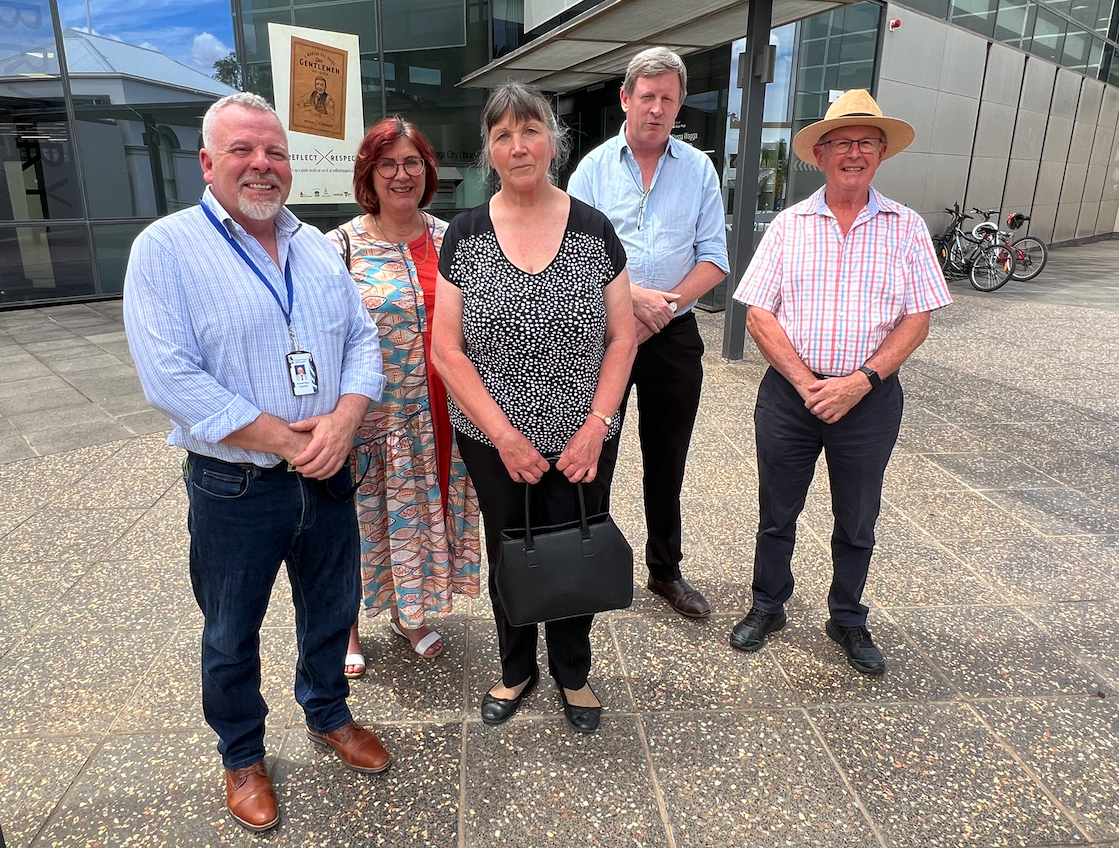
Councillor Richard Foley and members of Wagga Ratepayers protesting ARTC’s decision to cancel last week’s event. Photo: Chris Roe.
Mr Maylin described the drop-in sessions as a chance for the community to have one-on-one conversations to address local concerns about how the delivery of A2I will impact them.
“We have also helped lots of locals understand how they can make a formal submission to the New South Wales Department of Planning and Environment [DPE] in response to the Preferred Infrastructure Report, assisting them in taking part in the democratic approvals process.”
However, Mr Roche expressed his frustration at the limited amount of time the community had been given to respond to the “deluge of paperwork”.
“They’ve kindly stated that they’ve already increased the submission period from two weeks to three weeks,” said Mr Roche wryly.
“But they’ve had a year to write this and they’re only giving us two to three weeks to respond? It’s really, really poor behaviour from a government bureaucracy.”
He said the information was difficult to find and navigate through the DPE and Inland Rail websites.
“I ended up with the summary which is about 18 pages, and then the report itself is 199 pages,” he said.
“I skimmed through it, looking for answers to what I was looking for but it is a lot of pretty pictures and a lot of comments, but not a lot of fact, and not a lot of satisfactory responses.”
The A2I PIR will remain on public exhibition until 6 December, with locals invited to make a submission on the project to the NSW DPE. Inland Rail will then prepare a Response to Submissions Report.
You can read a summary here.
Original Article published by Chris Roe on Region Riverina.







